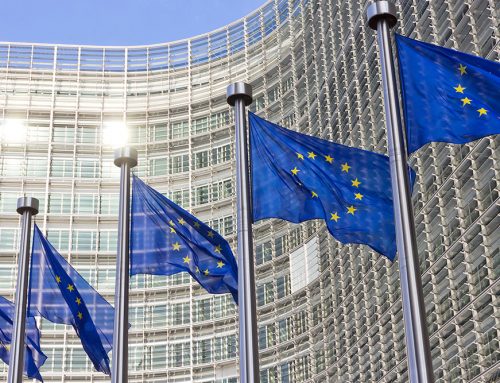In the last decade, both the number of organic farms and the area dedicated to organic farming have grown by 50 percent or more. Organic area in the EU increased by about 500 000 hectares per year. As a result there are more than 186 000 organic farms across Europe, cultivating an area of 9.6 million hectares according to the latest Brief on organic farming published by the European Commission.
Based on an earlier 2013 report on organic farming , the brief provides an overview of areas and holdings, type of production and characteristics of organic farmers.
Organic production patterns vary between EU Member States. However, across the EU, permanent pasture accounts for the biggest share of the organic area (about 45 percent) followed by cereals (around 15%) and permanent crops (about 13%).
Organic animal production remains limited in comparison with the total animal production in the EU (about one percent).
Organic farm managers tend to be younger than conventional farmers in the EU. In 2010, farmers younger than 55 represented 61.3 percent of the total in the organic sector but only 44.2 percent in non-organic agriculture.
In the context of the sector’s considerable and rapid growth, the Commission has proposed new updated and adjusted rules for the sector which are currently discussed with the European Parliament and the Council.
The proposed new rules seek to improve the current system, so that the sector can grow in a sustainable way and respond to future challenges while keeping its long term relationships with consumers (see IP/14/312 and MEMO/14/215).


